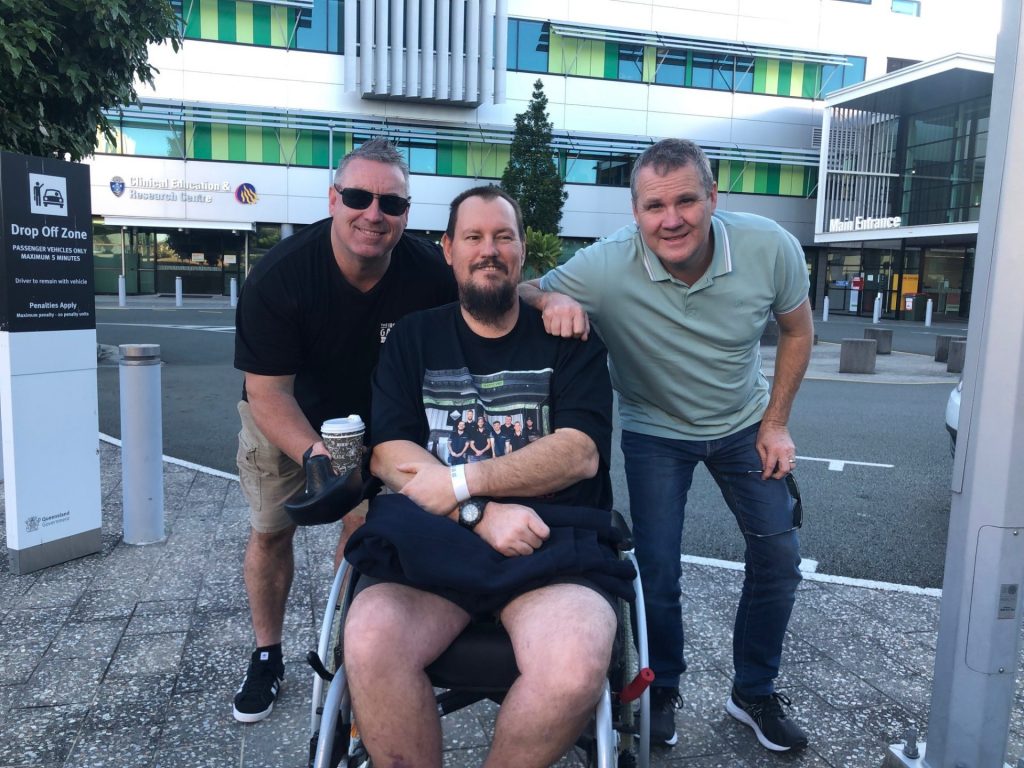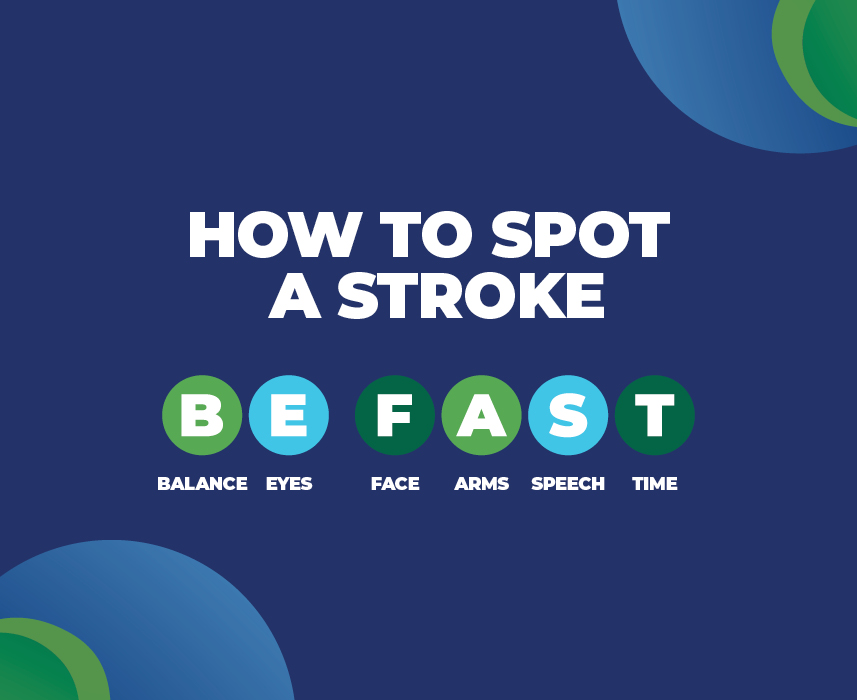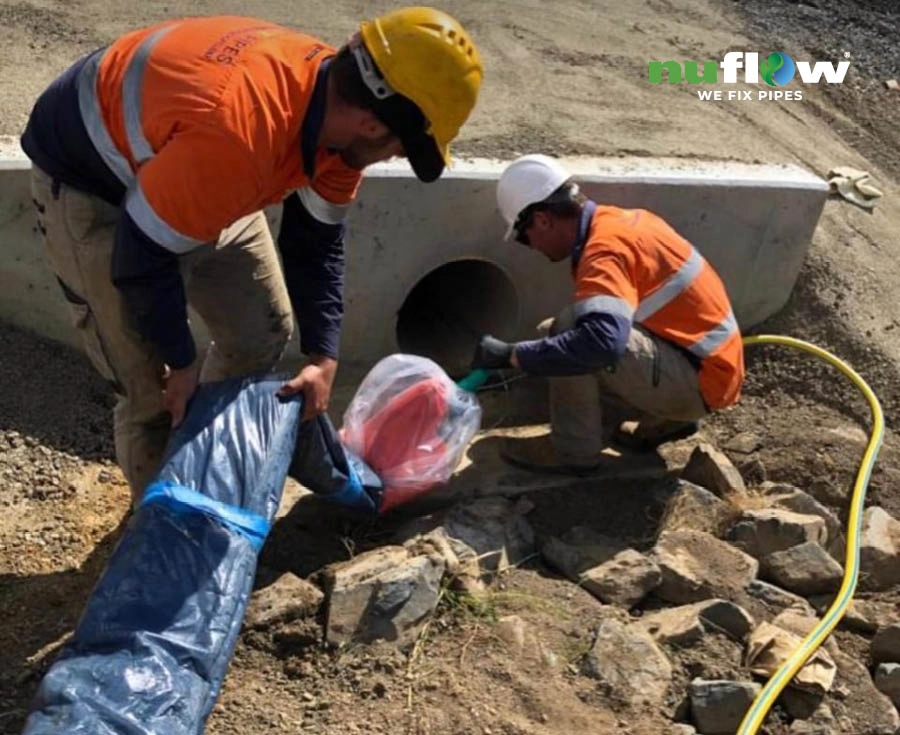Marty’s Story
When Marty suffered a stroke at work in May, Stephen, our Safety and Compliance Officer, picked up on the signs early. He noticed that Marty was having trouble with his speech and movement, and acted quickly to get help.
Marty was just 46 when he had his stroke, and spent around five months in rehabilitation. We were keen to work with Marty’s medical team to learn more about what we needed to do to support Marty in his return to work.

MARTY’S RETURN TO WORK
The road to rehabilitation is different for each stroke survivor, and the pathway back to work is different each time, too. Our management team worked alongside Marty’s speech, physio and occupational therapists to help make his transition back in to work a smooth one.
Marty’s medical team came out to the Nuflow site to run through what a day at work would like, working out the areas where Marty would be working and picking up on any spots that might be difficult to navigate.
In stroke rehabilitation Marty’s speech therapist made note of the names of different machinery and tools at Nuflow, and used these in therapy to build familiarity. His occupational therapist also worked with him to simulate the kinds of things he’d be doing at work.
Our Manufacturing Manager Jason is happy that Marty is back on the job. “It’s fantastic having Marty back. He arrives with a smile on his face, and leaves with a smile on his face.”
HOW TO SUPPORT SOMEONE TO RETURN TO WORK AFTER A STROKE
When someone returns to work after a stroke, employers can help by working with their medical team to understand what areas they may need support in and how they can help.
The Stroke Foundation says it’s a good idea to get medical clearance before returning to work. Some stroke survivors might need their role to be adapted, and by working with their treatment team employers can help align the role to the person’s strengths.
Manufacturing Manger Jason is an advocate for supporting people to return to work after a stroke. “Marty is a big part of our team, and the way Nuflow has looked after him and the level of support has been unbelievable. We’re so happy we’ve been able to have Marty come back to work.”
WARNING SIGNS OF STROKE: BE FAST
When it comes to spotting the signs of a stroke, the sooner medical attention is received, the better the outcome in many cases. Time is of the essence, and by learning about the early signs of a stroke, you can be ready to act quickly in the event of an emergency. Remember the acronym ‘BE FAST’ and keep an eye out for these signs.
B for Balance
Has your work mate suddenly lost their balance, coordination or footing?
E for Eyes
Has there been a sudden loss of vision, in either one or both eyes? Or, does your coworker have double vision?
F for Face
Does their face look uneven, or like it’s drooping on one side? If you ask them to smile, is their smile uneven?
A for Arms
Is one of their arms drifting down? If you ask them to raise both arms, are they able to?
S for Speech
Is their speech slurred? If you ask them to repeat a phrase, can they repeat it clearly?
T for Time
Time is critical, and every minute helps. Get your coworker medical help immediately.
FACTS ABOUT STROKE IN AUSTRALIA
For more information about stroke, or to make a donation to help fund stroke research, check out Stroke Foundation.
-
Every 10 minutes, an Australian will have a stroke
-
Stroke costs the Australian economy an estimated $6.2 billion each year
-
434,000 Australians have an irregular heartbeat
-
More than 475,000 Australians are living with the effects of stroke
-
Stroke is the leading cause of disability in Australia
-
About 25% of stroke survivors are of working age
-
Regional Australians are 19% more likely to experience a stroke
-
Reducing uncontrolled high blood pressure and providing quicker access to emergency stroke treatments has the potential to save $179 million over five years in economic costs and $2.4 billion in reduced mortality and improved wellbeing annually
Sources:
Australian Institute of Health and Welfare, 2019.
The impact of stroke in Australia, Deloitte 2020.




